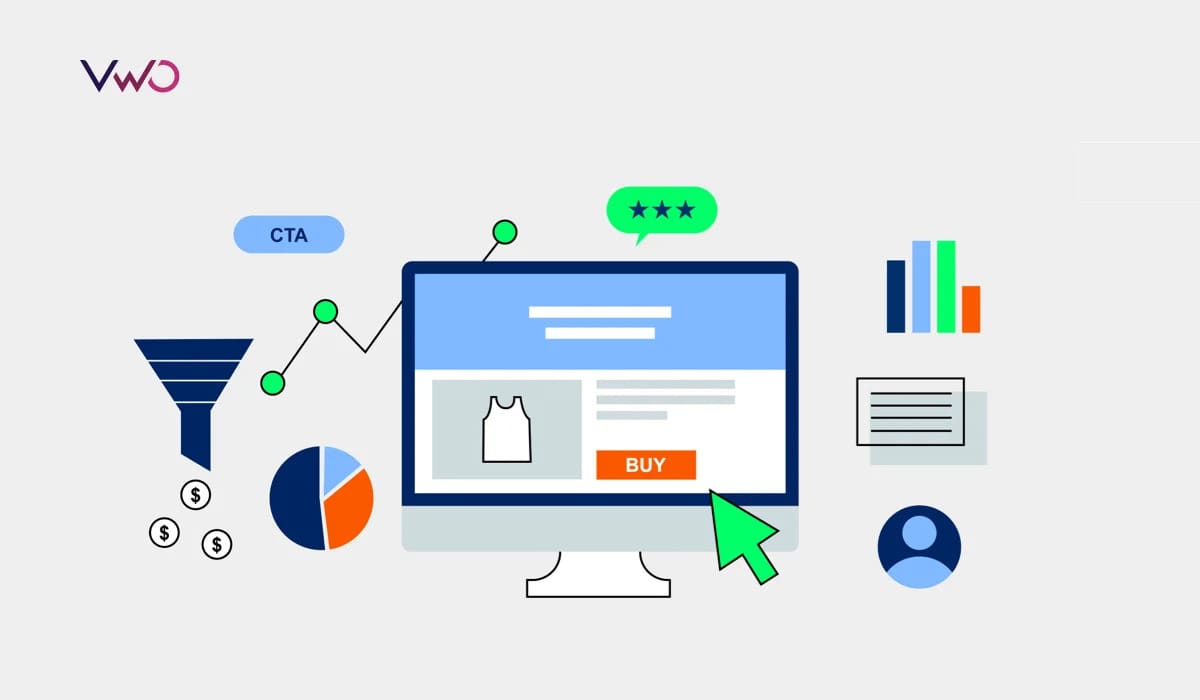In the ever-evolving world of online sales, the journey from a mere click to a successful conversion is a fascinating and challenging one. It’s not just about flashy website designs or the latest marketing trends; it’s about understanding the psychology behind the decisions your customers make. In this blog post, we’re going to explore the key elements that transform casual clicks into concrete conversions.
The Power of a First Impression
Imagine walking into a physical store. The atmosphere, the layout, and the staff’s friendliness all contribute to your initial impression. Similarly, in the digital realm, your website’s design and user interface are crucial. When a potential customer clicks through to your site, they want it to be visually appealing and easy to navigate.
User-Friendly Design: Simplicity and clarity are key. Ensure your website is well-organized, with intuitive navigation menus and a visually pleasing design. Users should find what they’re looking for without frustration.
Mobile Responsiveness: The rise of mobile devices means your site must be responsive on different screen sizes. Don’t let a poorly designed mobile version drive potential customers away.
Loading Speed: Patience is a rare virtue online. A slow-loading site can turn potential customers into impatient clickaways. Optimize your site’s performance for a faster load time.
The Art of Persuasion
Once your visitors have made a positive first impression, it’s time to reel them in with persuasive content.
Compelling Product Descriptions: Engage potential customers with clear, persuasive product descriptions. Highlight the benefits and unique features of your offerings.
Customer Reviews: Genuine customer reviews and testimonials build trust. Encourage satisfied customers to share their experiences, as these have a powerful impact on purchase decisions.
Call to Action (CTA): Use clear, action-oriented CTAs that guide users on what to do next. Phrases like “Add to Cart,” “Buy Now,” or “Subscribe” provide a clear direction.
Overcoming Objections
People naturally have objections and concerns when making a purchase. Your job is to address these concerns and eliminate obstacles that may prevent a conversion.
Transparency: Be transparent about your products, pricing, and policies. Hiding important information can lead to mistrust.
Frequently Asked Questions (FAQs): Anticipate common questions and provide answers in a clear, accessible FAQ section. This can save your customers time and frustration.
Live Chat Support: Offering real-time chat support can help potential customers get immediate answers to their queries, making them more confident in their purchasing decisions.
The FOMO Effect
The fear of missing out (FOMO) can be a powerful motivator. Create a sense of urgency and scarcity to nudge potential customers towards conversion.
Limited-Time Offers: Promotions, discounts, and limited-time offers create a sense of urgency, encouraging users to take action sooner rather than later.
Stock Availability: Display stock levels to convey scarcity. When customers see that a product is running out, they’re more likely to make a purchase before it’s gone.
Social Proof: Showcase the popularity of your products by displaying how many others have purchased them. This builds trust and adds to the FOMO effect.
Personalization Matters
Each customer is unique, and tailoring your approach to their preferences can significantly boost conversions.
Recommended Products: Analyze customer behavior to recommend products they are likely to be interested in based on their past interactions.
Personalized Emails: Craft personalized email campaigns that provide value to your customers and keep them engaged with your brand.
User Accounts: Encourage users to create accounts for a more personalized shopping experience and to track their order history and preferences.
The Checkout Process
The checkout process is the final frontier in your journey from click to conversion. It’s where a potential customer decides to seal the deal or abandon their cart.
Streamlined Checkout: Keep the checkout process as simple and streamlined as possible. Reduce the number of steps and the amount of information required.
Multiple Payment Options: Offer a variety of payment options to accommodate your diverse customer base.
Guest Checkout: Allow users to check out as guests if they prefer not to create an account. Don’t force registration on them.
The Trust Factor
Earning trust is an ongoing process that directly influences conversions.
Secure Payment: Ensure your payment gateway is secure and prominently display trust symbols such as SSL certificates.
Privacy Policies: Clearly communicate your data privacy policies and reassure customers that their information is safe with you.
Customer Support: Offer reliable customer support and readily accessible contact information in case customers have questions or concerns.
The Post-Purchase Experience
Converting a visitor into a customer is a significant milestone, but it’s not the end of the journey.
Thank You Page: After the purchase, redirect customers to a thank-you page that confirms the order and provides additional information or related products.
Email Follow-Ups: Send order confirmations and post-purchase follow-up emails to keep the customer engaged and informed.
Feedback and Reviews: Encourage customers to leave reviews and provide feedback on their purchase. This can help you improve and build trust.
In the world of online sales, it’s all about mastering the art of psychology. By understanding what drives your customers’ decisions and addressing their needs and concerns, you can turn those initial clicks into satisfying conversions. It’s not about complex strategies, but about creating a seamless, trustworthy, and personalized shopping experience. So, go ahead, apply these principles to your online business, and watch those clicks turn into happy customers!


